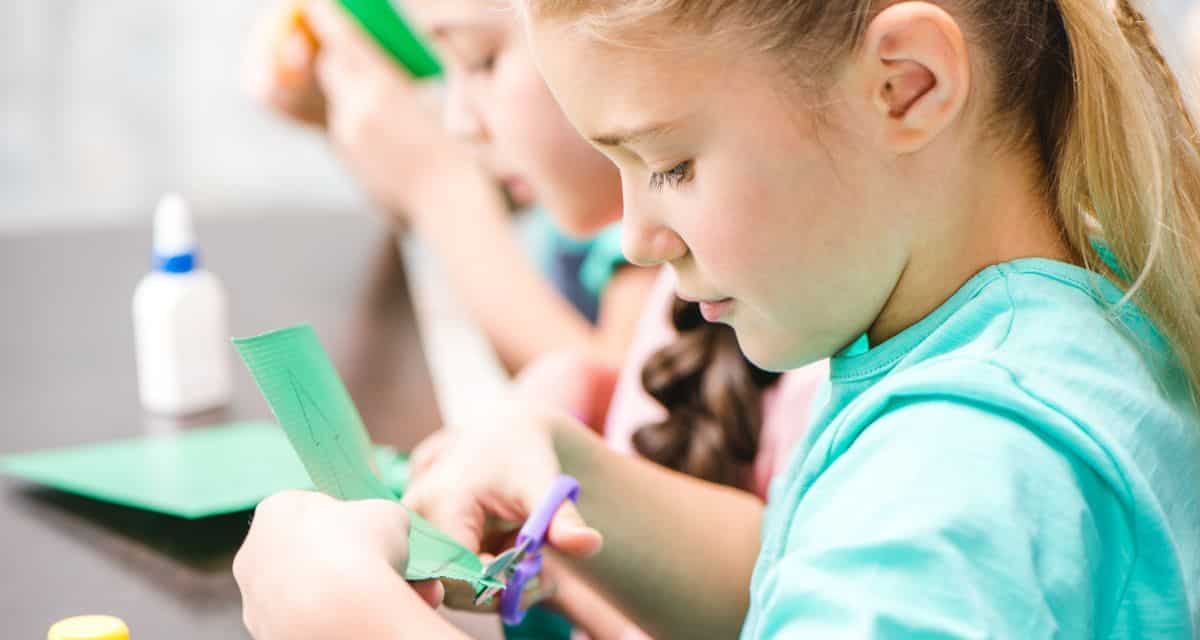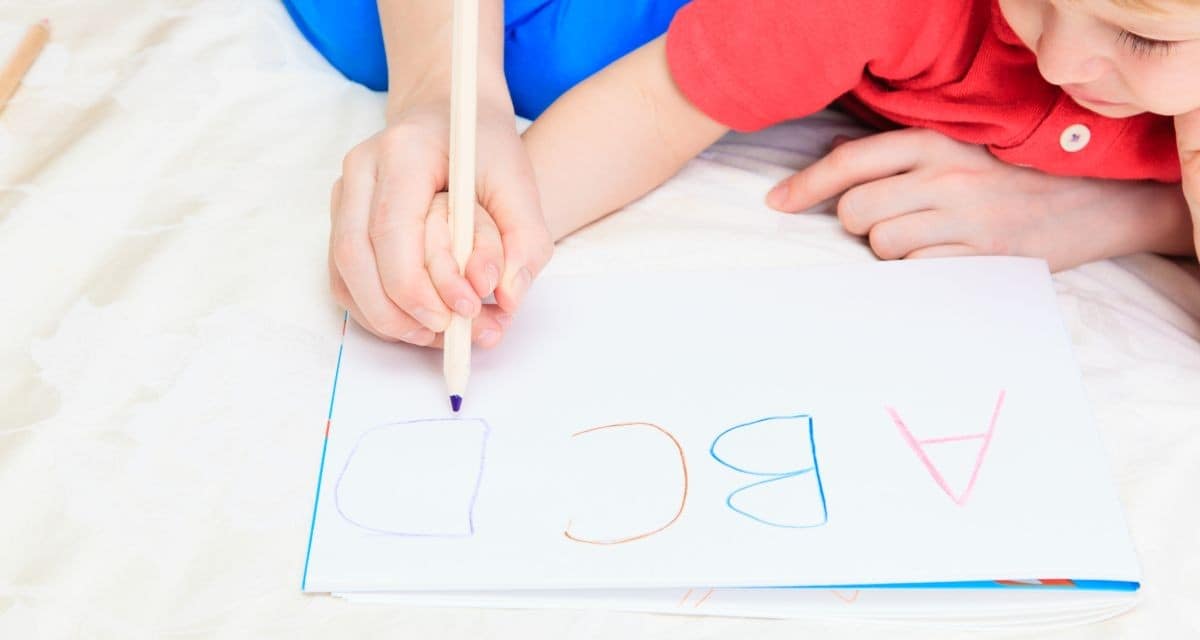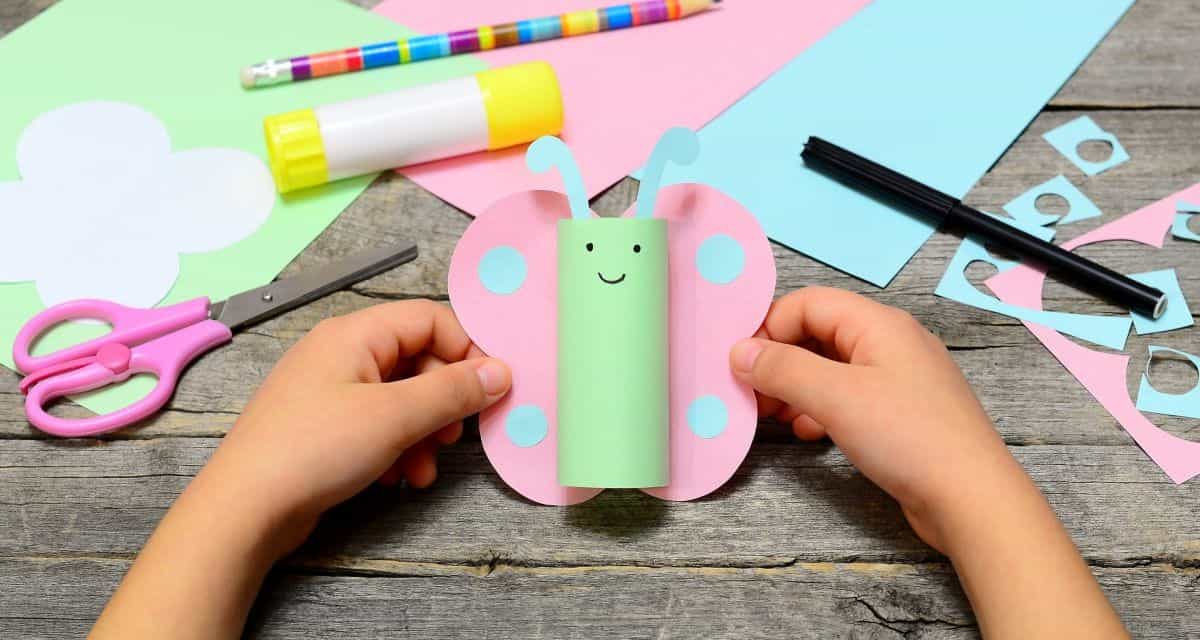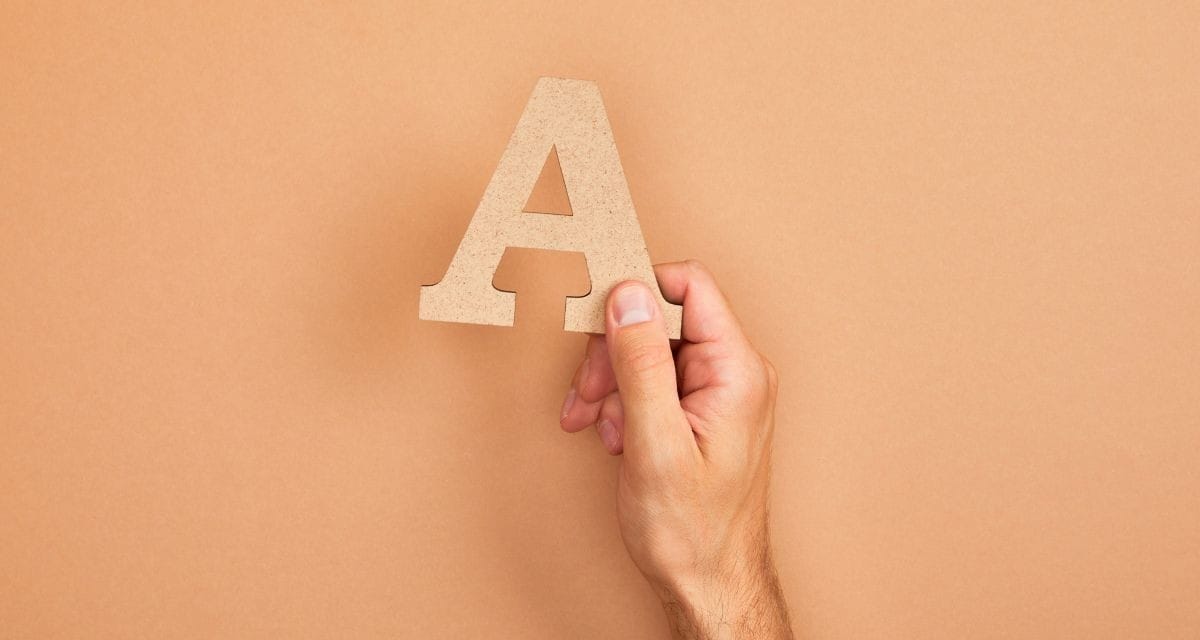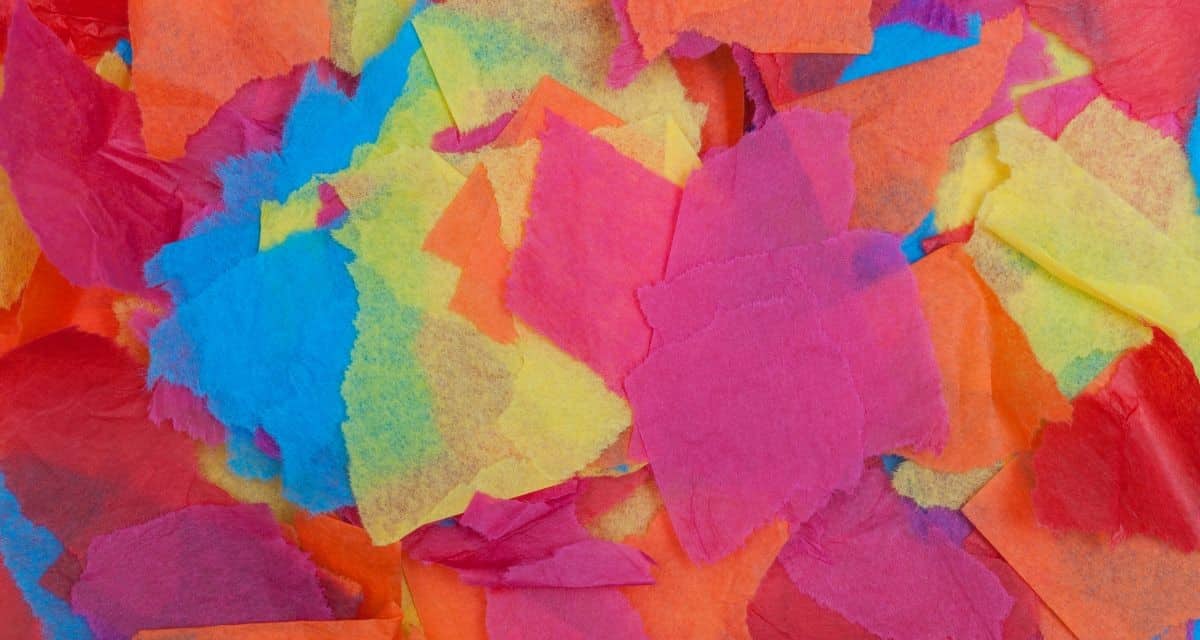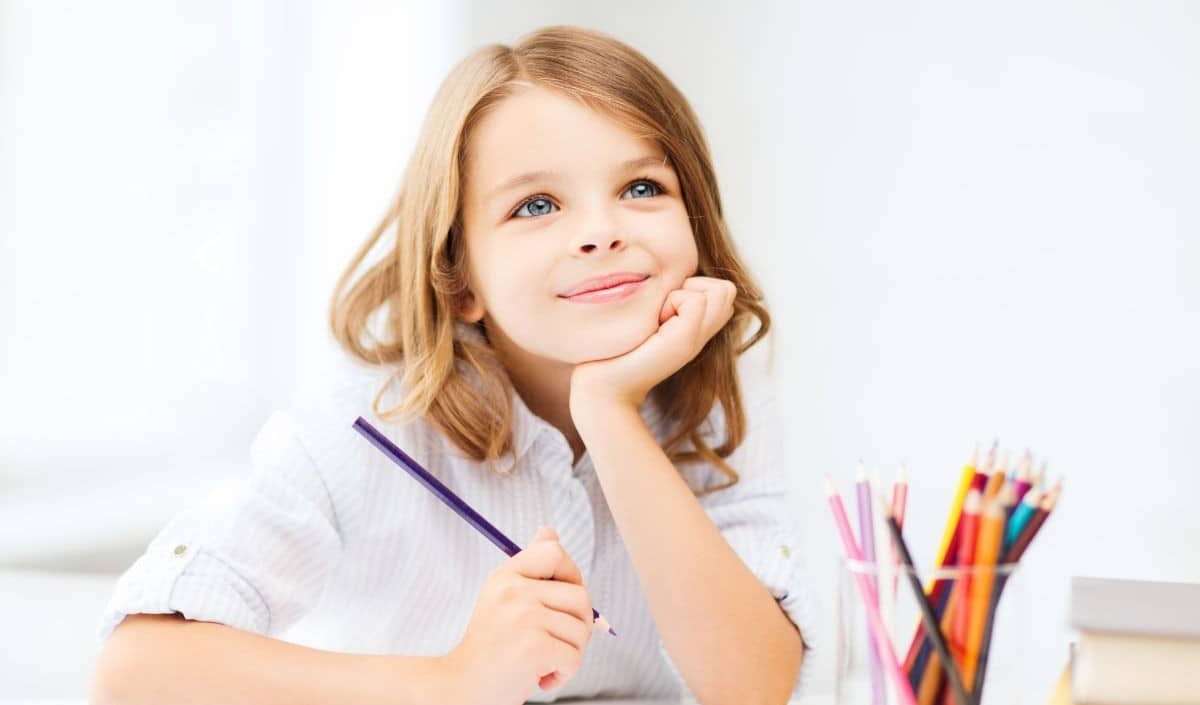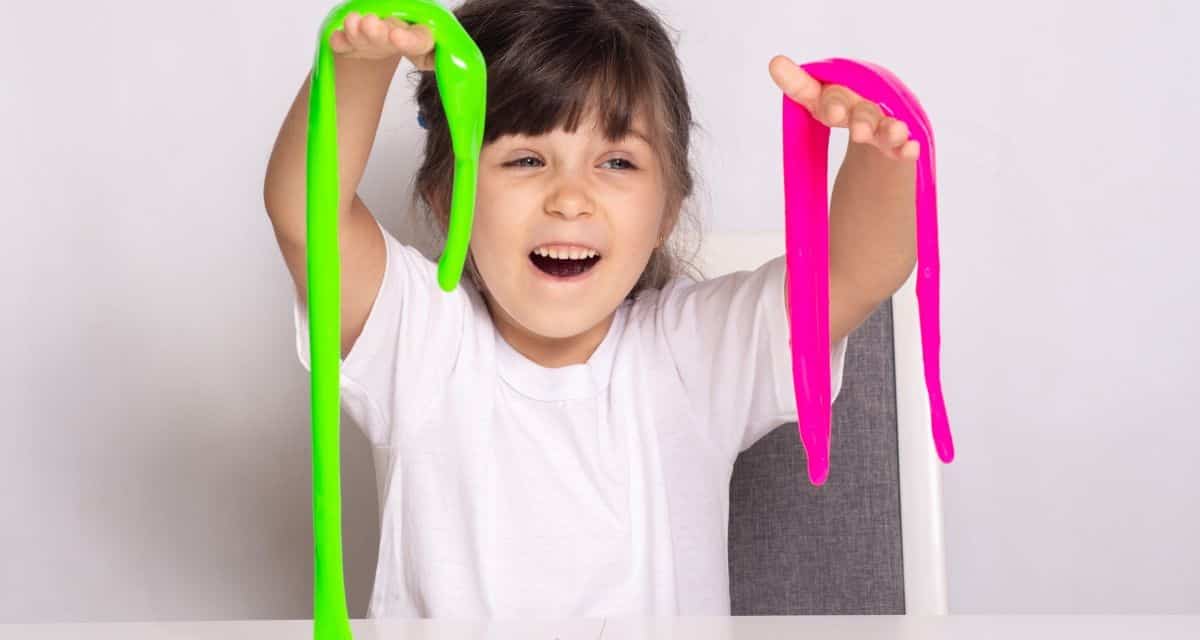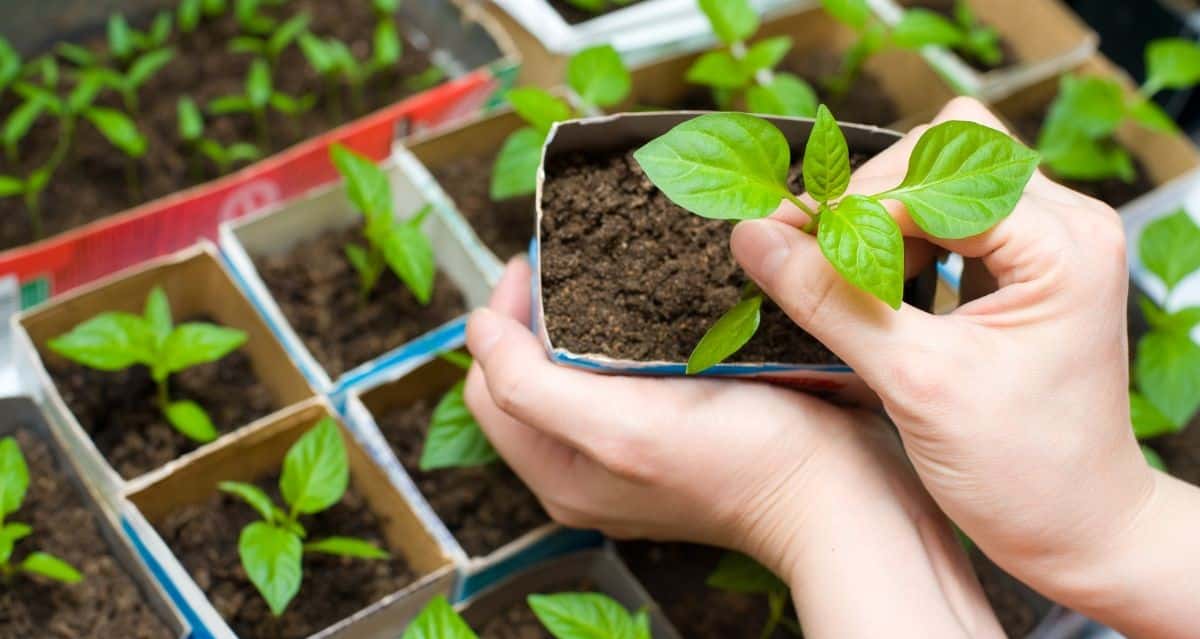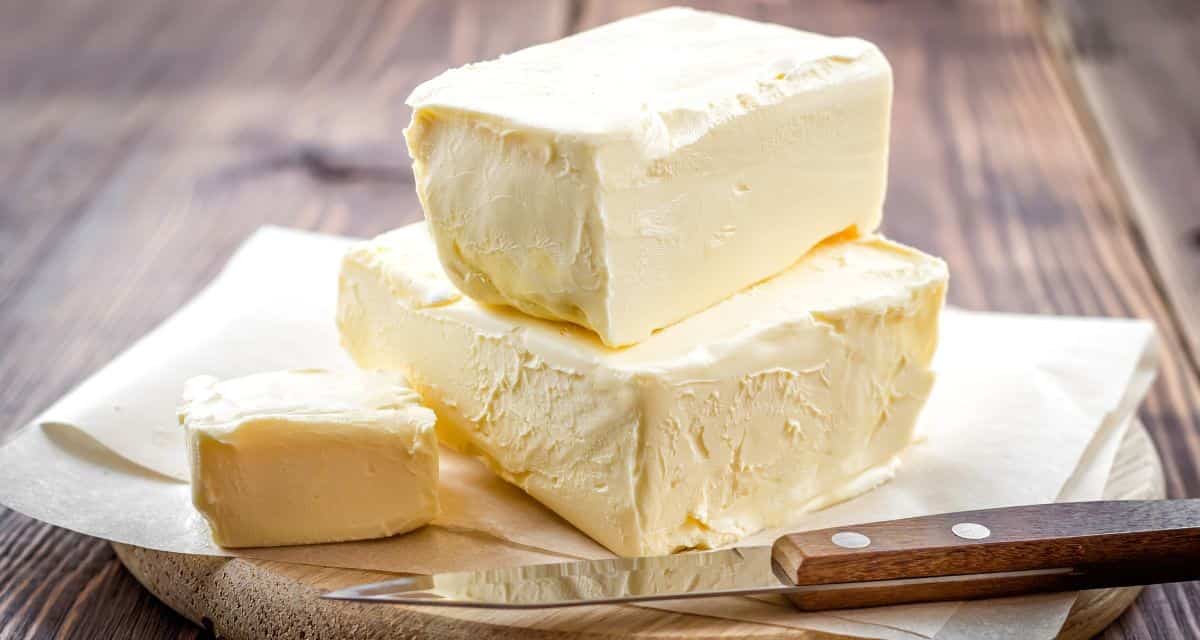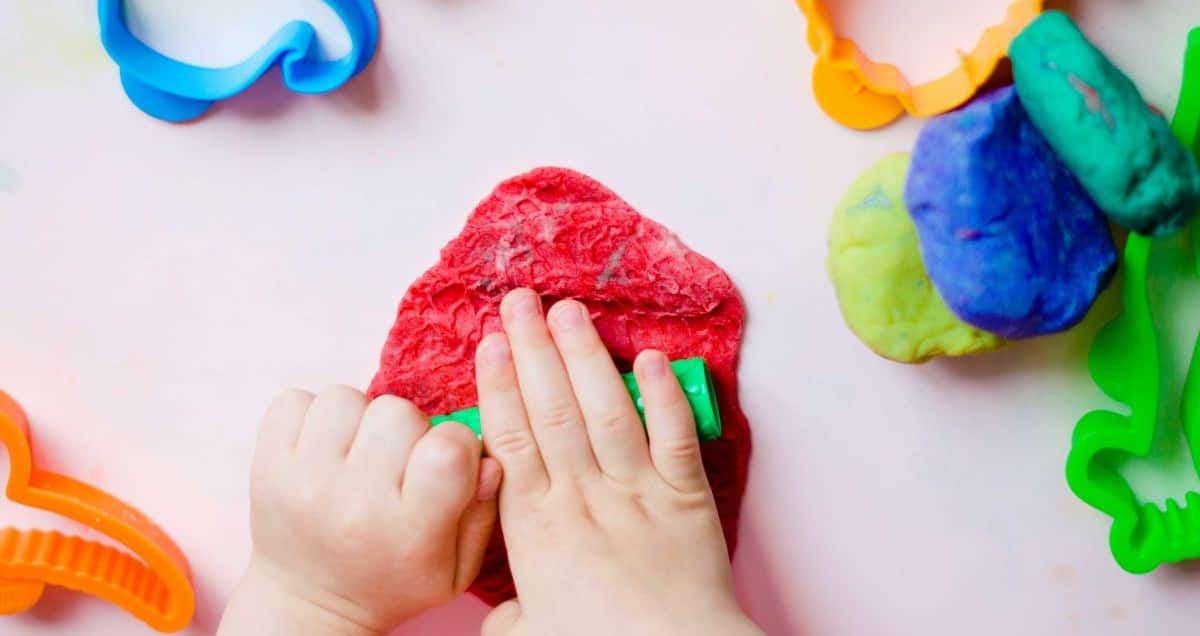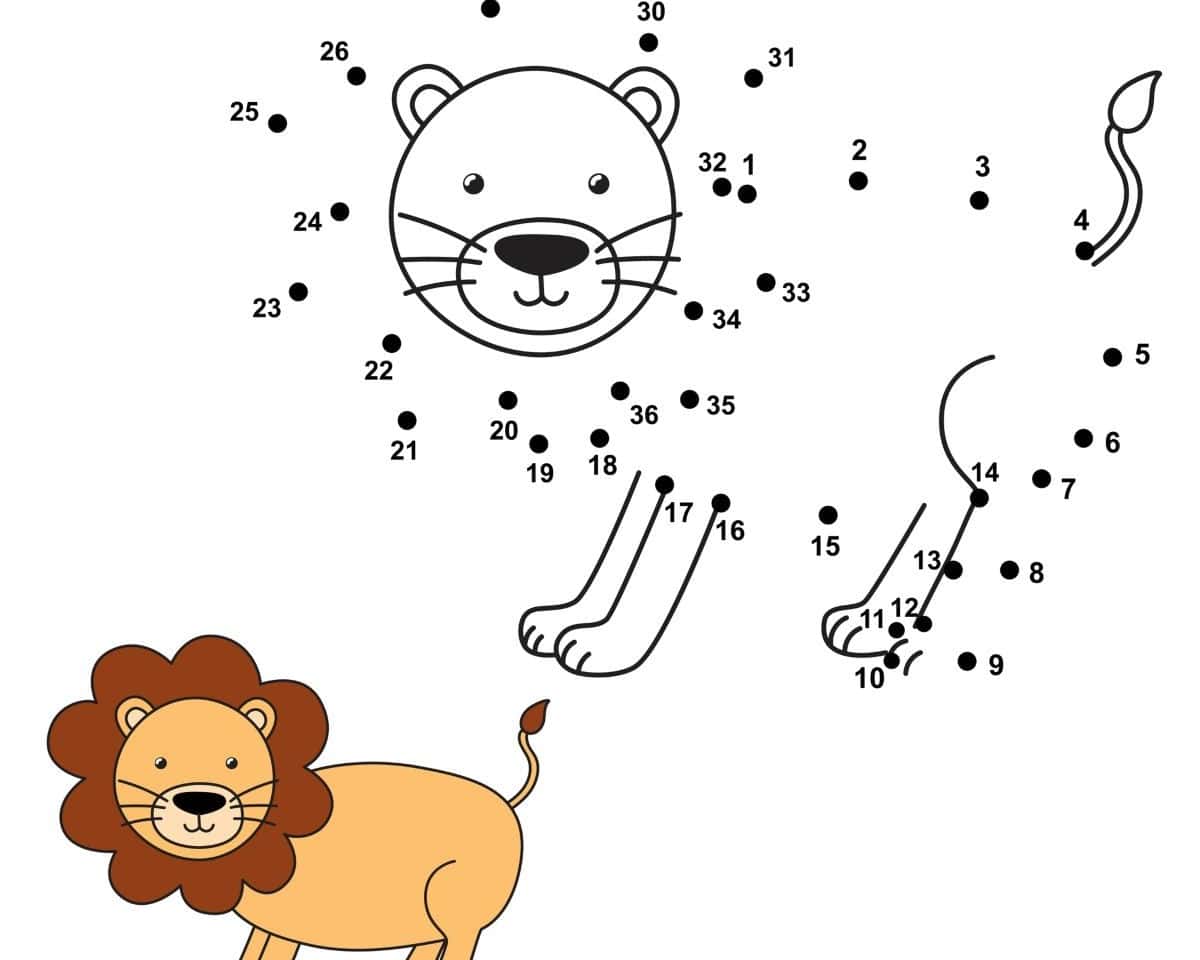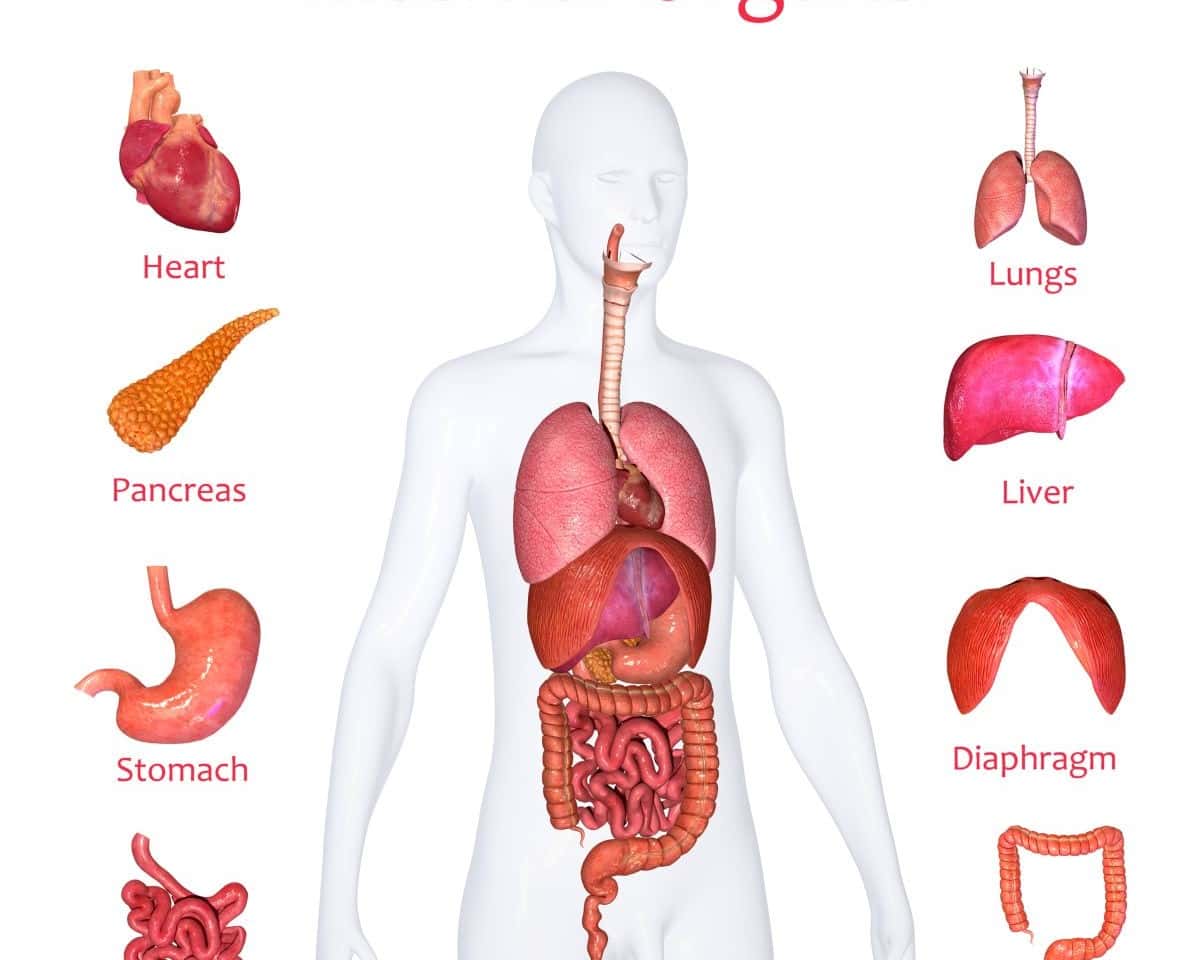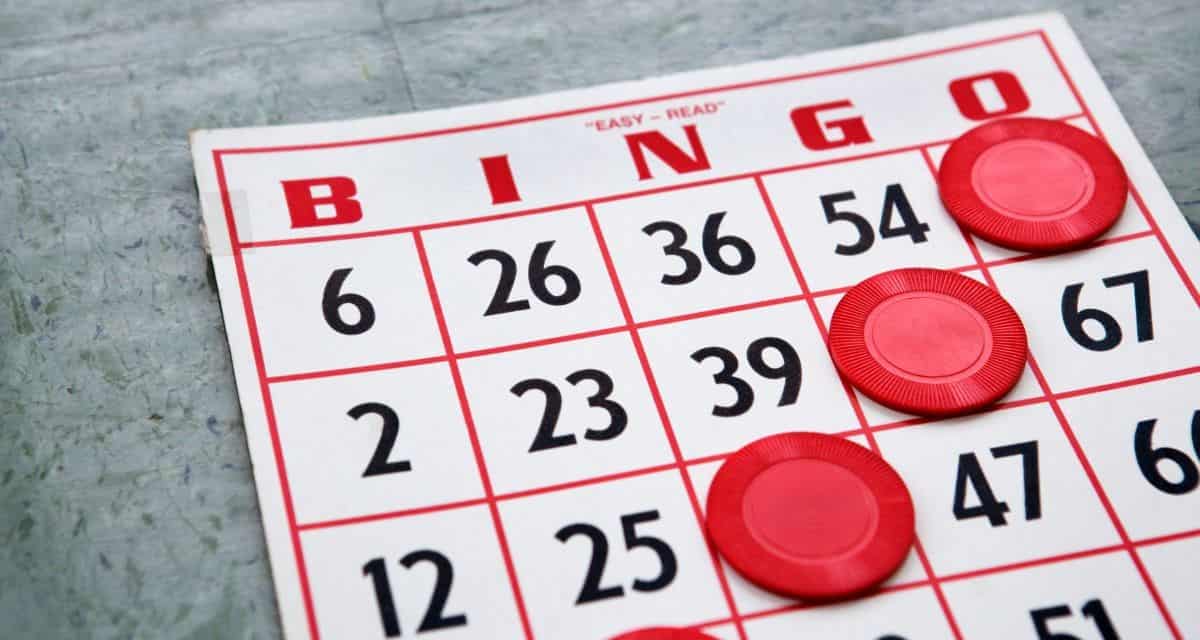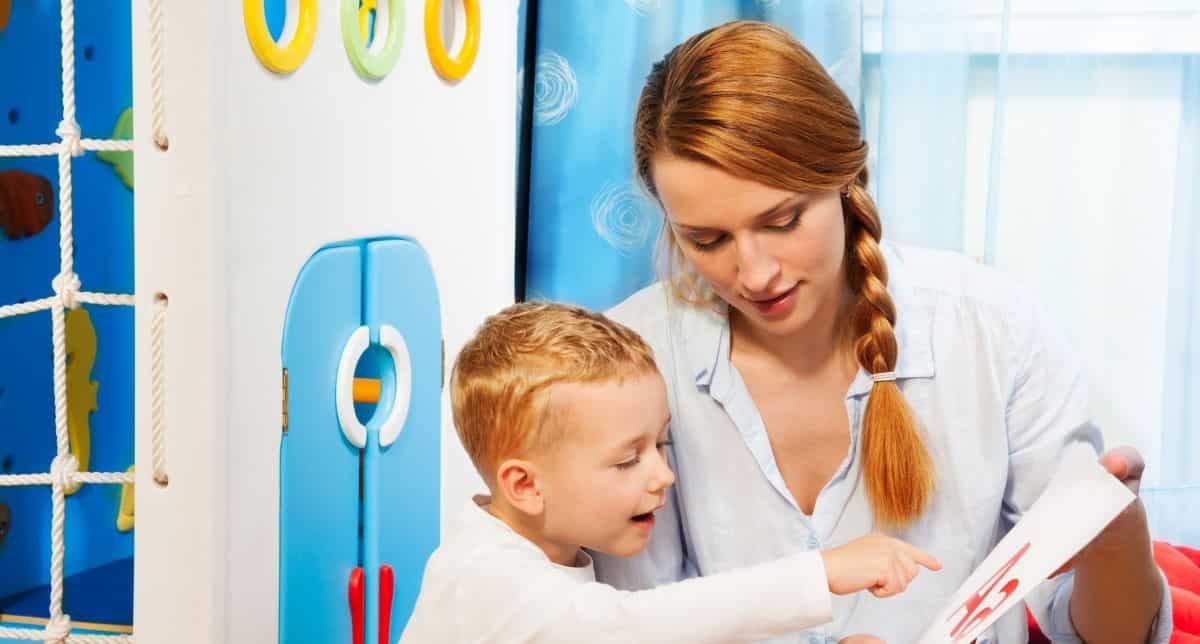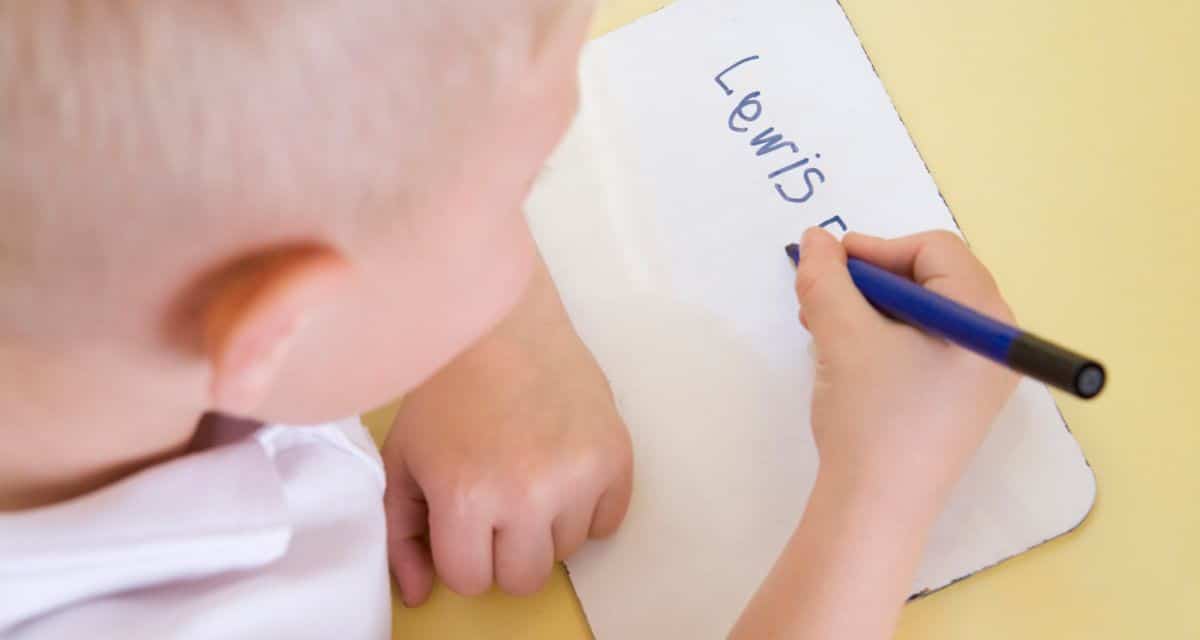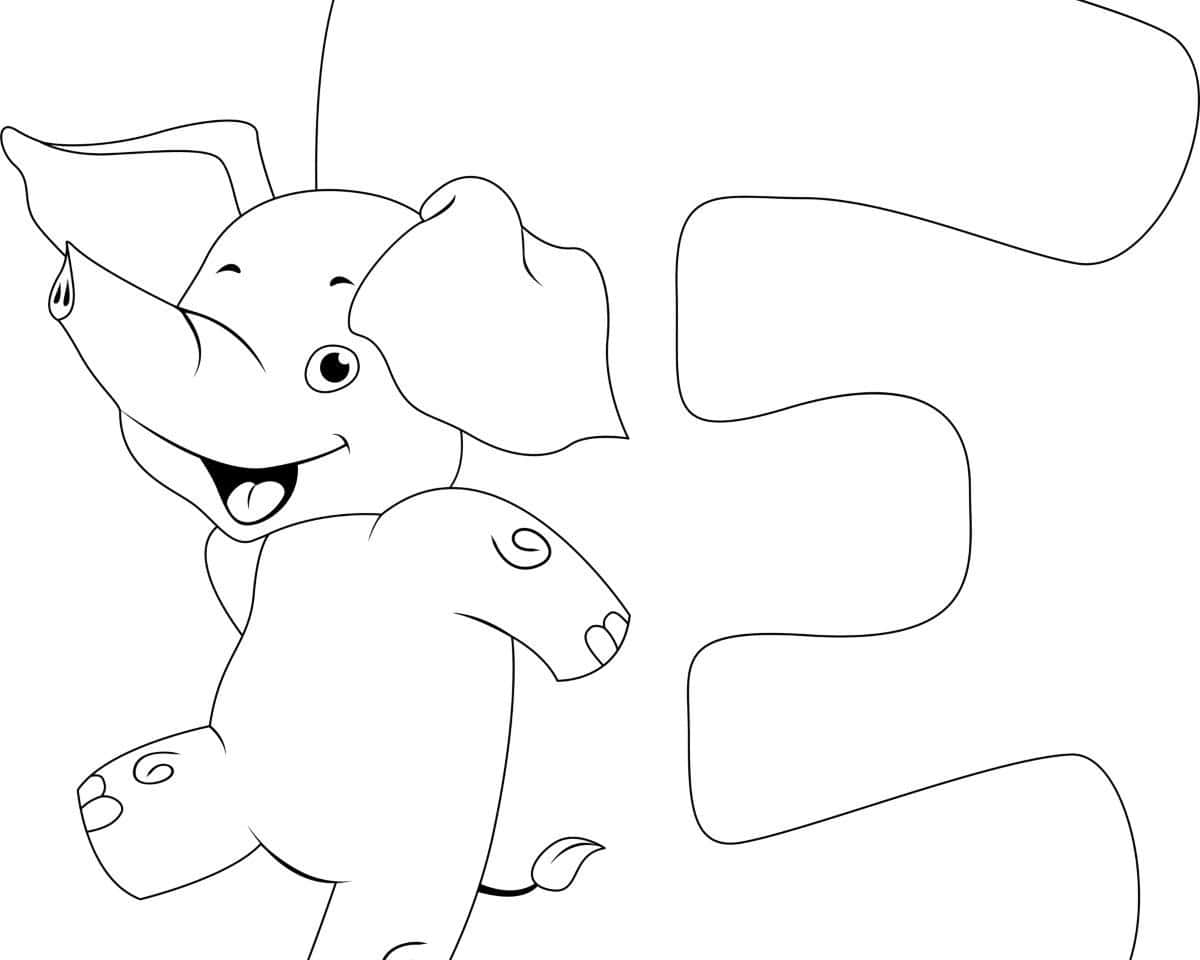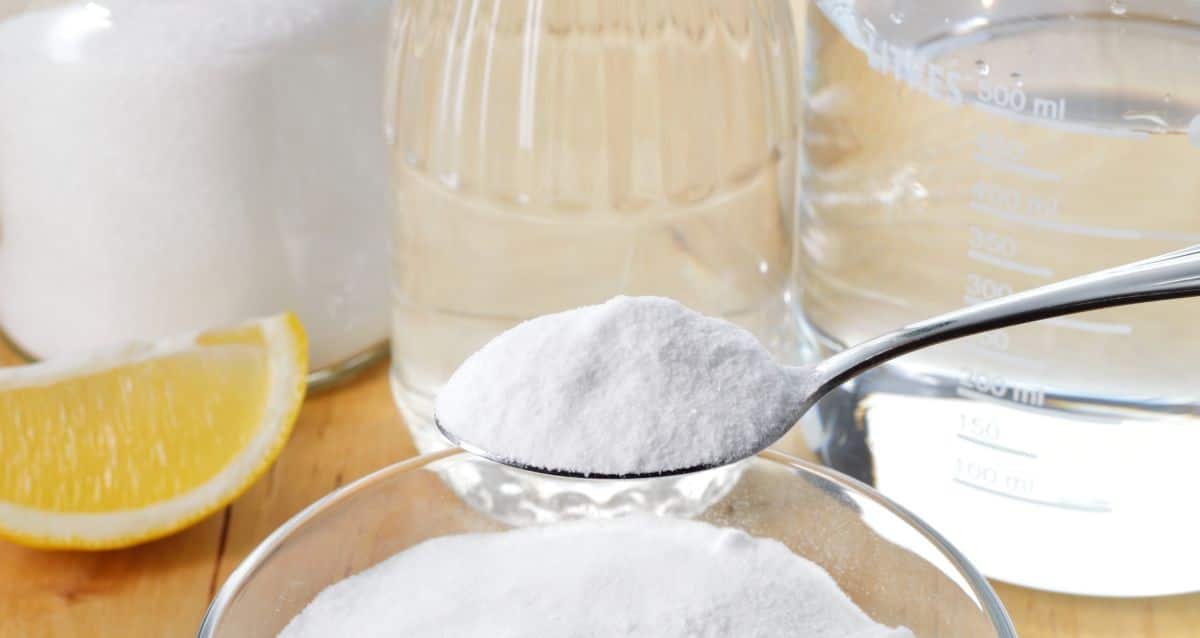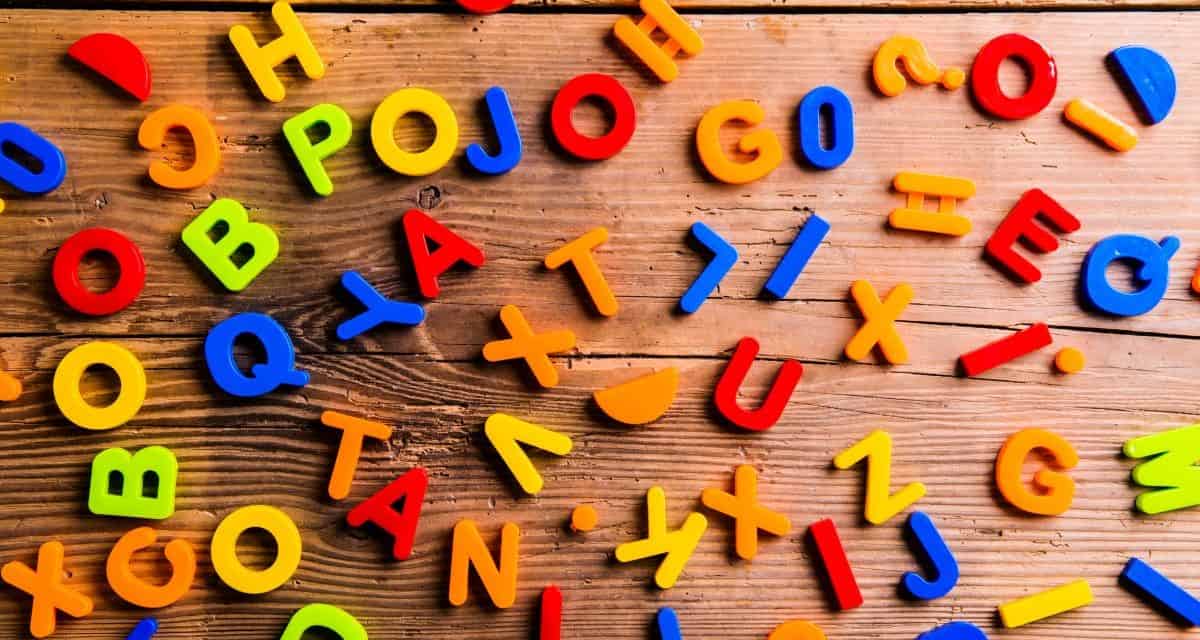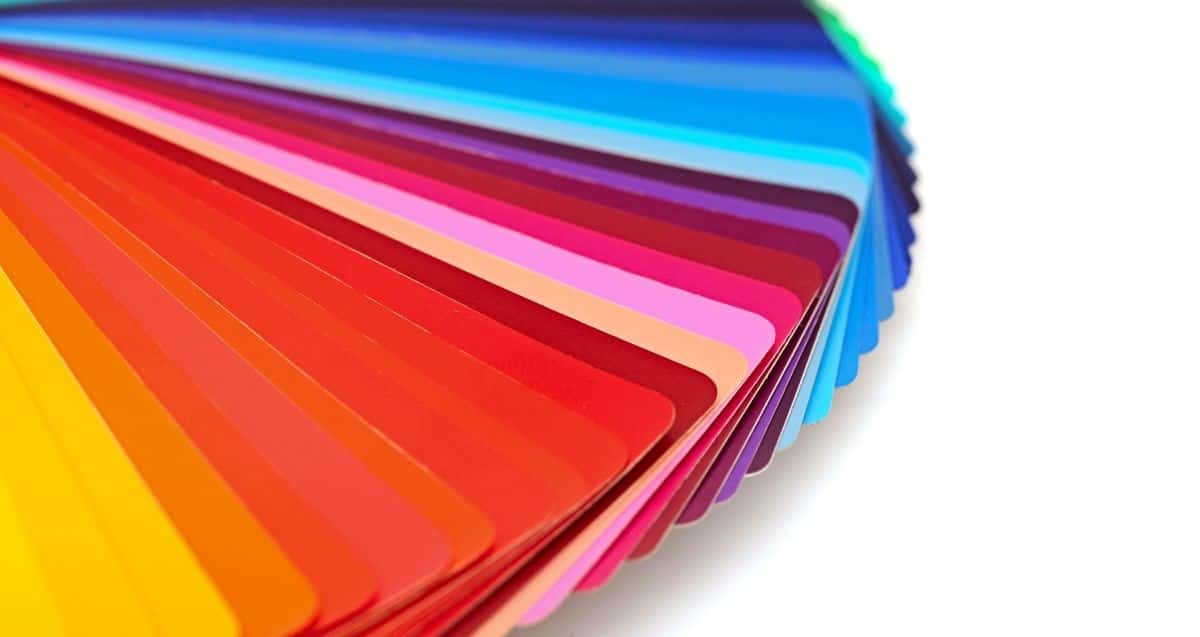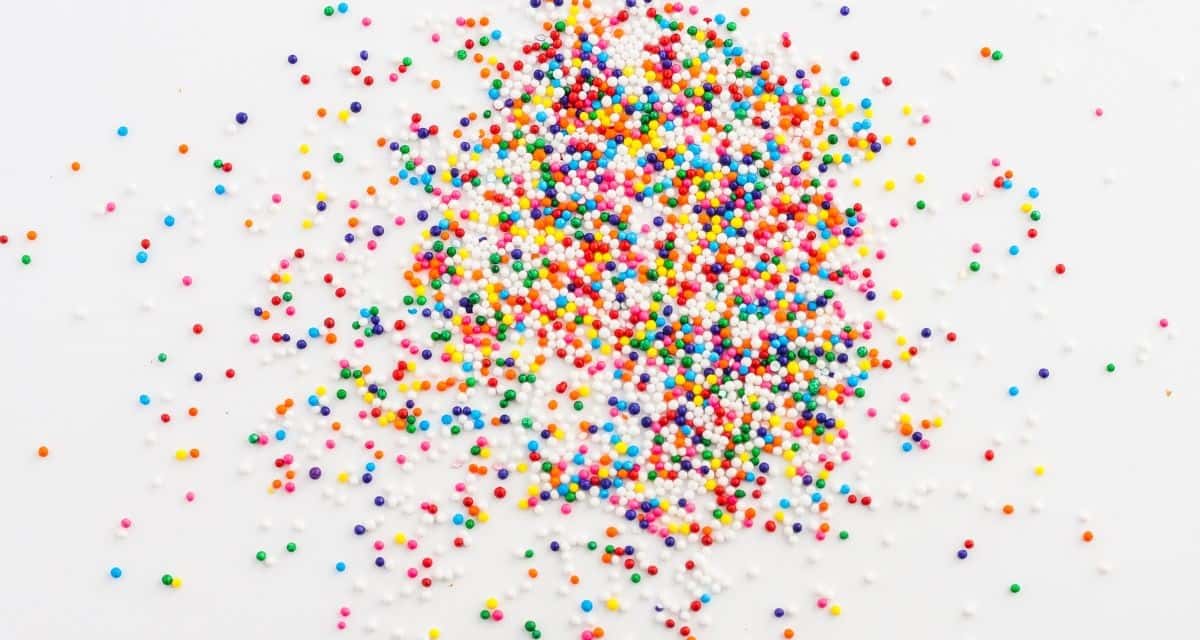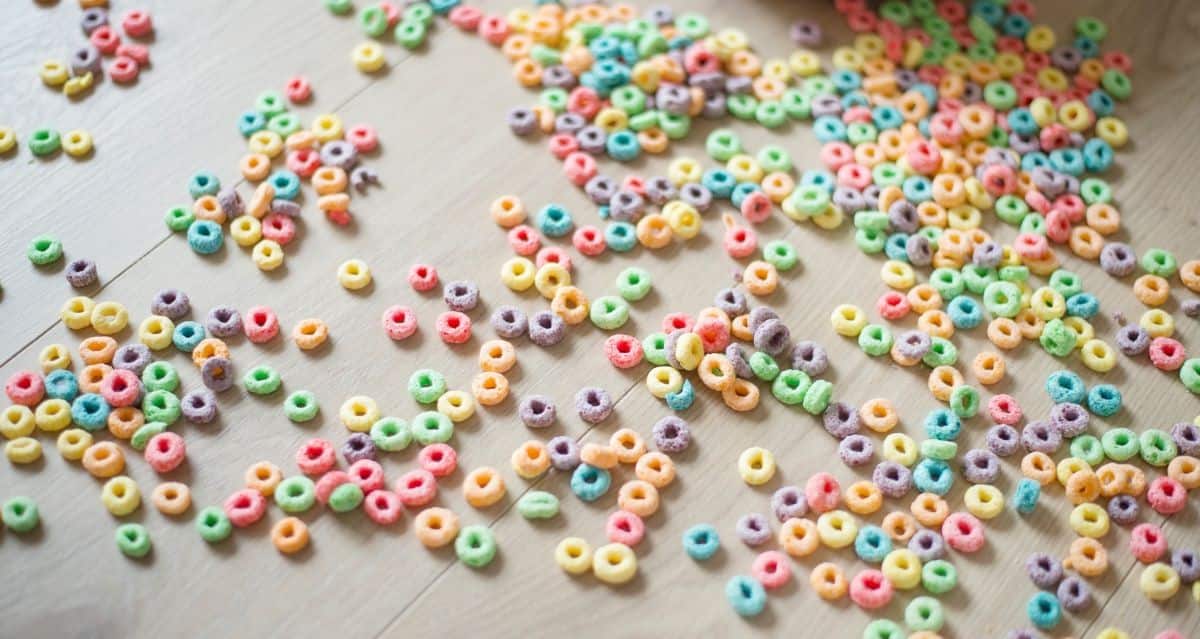At four years old, kids are naturally curious and eager to learn about everything. This stage is perfect for hands-on exploration, as it fosters a deeper understanding and encourages important skills development. The activities listed below provide a valuable opportunity to practice essential skills like fine motor control, problem-solving, patience, and more.
By engaging in these fun and educational experiences, your child will develop a strong foundation for future learning, making the transition to formal education smoother. While technology can be a valuable tool, it’s essential to strike a balance with hands-on activities that allow children to explore and learn through trial and error. I hope you find something on this list that sparks joy and growth for both you and your child.
Textured Names
This beloved activity remains timeless! Adapt it seasonally, and consider gifting it to parents, caregivers, or loved ones on special occasions. To get started, you’ll need construction paper, glue, a writing utensil, possibly scissors, and your chosen adhesive-friendly materials for this easy-to-execute craft.
On the sheet, have the child write the name being practiced, then let their creativity shine by adding embellishments like sprinkles, scrap paper, or other materials that can be glued and handled safely by 4-year-olds. The beauty of this activity lies in its versatility – it’s equally well-suited for small groups or large group settings, making it an excellent addition to preschooler gatherings.
Word Puzzle Printables
These puzzle sets offer an endless supply of entertainment – just be prepared to spend some time assembling them! In fact, they’re not only a fun activity but also a valuable educational tool that can help develop problem-solving skills. To make them more durable and resistant to little hands, I like to glue the pieces onto cardstock. If I’m feeling extra clever, I’ll even laminate them using self-laminating sheets for added protection.
Once you’ve printed and assembled the alphabet letters, it’s time to cut along the dark lines to separate the individual letters and images. The ultimate goal of these cards is to challenge students to think critically and use problem-solving skills to overcome a puzzle.
Butterfly Life Cycle Craft
I’m reminded of the excitement I felt learning about the life cycle of butterflies as a child. Engaging in hands-on activities can be a powerful way to help young learners understand complex concepts. This simple craft is an excellent starting point for introducing children to the fascinating world of butterflies, and you likely already have all the necessary materials on hand. The project requires just a few basic supplies: a paper plate, construction paper, Play-Doh, scissors, and glue.
Begin by cutting out a circular background for the plate, as well as a leaf shape and two long, thin strips to divide the plate into four sections. Once you’ve cut everything out, use glue to assemble the design on the plate, placing the leaf in one of the sections. After that, it’s time to bring the life cycle to life using Play-Doh.
Walk your child through each stage of development, starting with the larvae on the leaf and progressing through the caterpillar, chrysalis, and finally, the butterfly.
Printable Letter Craft
For young learners, these printable letters offer a fun and engaging way to develop language skills and recognize individual letters. To access these resources, simply create an account on Teachers Pay Teachers, a treasure trove of free and simple activities for educators working with children. The association of each letter with a corresponding animal serves as a valuable tool in reinforcing letter recognition down the line.
As an added bonus, kids can unleash their creativity by coloring in the letters, effectively doubling as craft activities.
Oil Spill Sensory Activity
The ocean’s pollution is a pressing issue that demands attention and critical thinking from everyone, regardless of age. A thought-provoking way to introduce children as young as four to this topic is through sensory play. Fill a container with toy boats, sea creatures, and water, then let them explore the bin while asking questions about textures, colors, and shapes.
This interactive approach not only fosters curiosity but also lays the groundwork for future discussions on environmental responsibility. To further emphasize the impact of pollution, add oil to the sensory bin, mimicking real-life spills like those caused by oil leaks. Engage your child in a thoughtful conversation as they experience the consequences of human actions and develop empathy for the marine ecosystem.
This engaging kindergarten activity not only educates but also inspires young minds to take action.
Cloud in a Jar
Bring the magic of clouds indoors with a fascinating experiment that’s sure to captivate kids! To create a cloud in a jar, you’ll need a cup, water, non-gel shaving cream, and either gel food colorings or watercolors. Add the water first, followed by a dollop of shaving cream. Then, use pipettes or droppers to carefully introduce the colorful mixture. As you work together, discuss your experience and address any questions that may arise during your conversation.
Planet Suncatcher Craft
To create this celestial craft with tissue paper, start by cutting out the specific colors needed for each planet. Organize them accordingly and set them aside for later use. Additionally, gather wax paper, a glue stick, and electrical tape. Depending on your schedule, you can either complete one planet per day or tackle them all at once, but be sure to have two circles prepared for each planet – these should roughly represent the size of each celestial body.
Once everything is ready, have your child apply the colors onto the wax paper using a glue stick. When they’re satisfied with their design, place the matching circle on top and secure it with electrical tape.
Fullbody Self Portrait
A delightful art project for young children! To get started, you’ll need a large roll of paper, a pencil, and a eager participant to work with. Have your child lie flat on the paper and trace their entire body. Once they’re comfortable with this step, encourage them to add details and illustrations that reflect their interests and activities. This project is an excellent way to foster creativity and self-expression in kids.
Slime Sensory Activity
What’s not to love about making slime in a bag? Not only do kids get to engage in a fun and creative activity, but parents also reap the benefits. The best part? It’s all contained within a convenient package! To take it to the next level, consider adding alphabet beads to practice sight words and learn new things together.
For the slime-making process itself, you’ll need clear glue, glitter glue (if desired), baking soda, food dye (optional), buffered saline solution, and of course, both a bag and letter beads to create your very own educational slime kit.
DIY Upcycled Toilet Paper Seedling Pots
Embarking on an upcycling adventure with your kids can have a profound impact on their understanding of sustainability and self-sufficiency. It’s also an excellent way to introduce them to the joys of growing their own food from seeds. To get started, gather a few simple supplies: a container for starting seeds, some toilet paper tubes, and a packet of seeds.
As you work together with your kids, explain the concept of upcycling and show them how to transform everyday items into something new and useful. Fill each toilet paper tube about one-third full with soil, then bury the directed amount of seed per tube. Water your mini-gardens together and keep a written or photo journal of your progress. This will help your kids develop their observational skills and appreciate the journey from seed to harvest.
Pollock Inspired Art
Embrace the mess and unleash your child’s inner artist! Grab some washable paint and a sheet of paper. Let them express themselves freely – think squirts, dribbles, and flings (within bounds, of course!). Don’t worry if it gets a little messy; this is all about letting creativity shine. While Pollock may have been more meticulous in his approach, we’re encouraging our kiddos to let their imagination run wild.
Q-Tip Tree Painting
One of the most effective ways to develop fine motor skills, dexterity, and hand-eye coordination is through creative play. A simple yet engaging activity is painting a tree with a Q-tip. Start by printing or drawing the outline of a tree on a piece of paper, then provide your child with various colored paints and a Q-tip. As they dot in the leaves, they’ll be creating a beautiful and unique piece of art while refining their motor skills.
This activity is not only fun but also encourages learning about the changing seasons and what happens to leaves throughout the year.
Heart Crayons
Are you ready to transform your stash of broken crayons into a vibrant and colorful new creation? Begin by gathering your supplies: the fun mold pack, your crayon collection, and a cookie tray. Next, peel all your crayons and sort them into the molds in any way you like. Make sure to overfill each mold as they will shrink during the melting process.
Preheat your oven to 250°F (or 121°C) and place the molds onto the cookie trays before putting them in the oven.
Once the crayon bits have fully melted, which should take around 10 minutes or less, carefully remove them from the oven. It’s essential to keep an eye on them to avoid any issues.
With your melted crayons ready, you’re now prepared to create a beautiful and unique piece of art using this colorful medium.
Simple STEM Challenge
To kick-start a STEM exploration, consider this engaging activity! Collect plastic cups, popsicle sticks, and a small toy of their choice. Encourage them to experiment by interlacing the cups and rods to build structures, observing what works and what doesn’t. The goal is to construct as tall a tower as possible using the available materials, culminating in placing that fun item at the very top.
Printable Gumball Machine
With this download, counting has never been more exciting! Simply print out the sheets, grab some round stickers, and have your little ones write the numbers 1-20 on them. Once you’ve got everything ready, pass the sheets to your young counter for a fun matching game that’s sure to delight. To take it to the next level, try pulling up a randomizer online and entering all the numbers into the program, which adds an extra layer of excitement and challenge to the game.
Alphabet Star Matchup
For children learning letters instead of numbers, this resource offers a delightful way to engage with the alphabet. By labelling stickers from A-Z, kids can develop their literacy skills while having fun. To add an extra layer of excitement, consider using a randomizer program to mix up the order of the letters and keep your little one actively involved in the learning process.
Butter Science
What makes science projects truly engaging is when we connect them to our everyday lives. A delightful example of this is a homemade butter-making project that requires just a few simple ingredients: heavy whipping cream, salt, a strainer, and a jar with a lid. This activity lends itself perfectly to being a fun family endeavor.
To begin, combine the cream in the jar and have everyone take turns shaking it vigorously for several minutes – this is an excellent opportunity to make some memories while discussing the sensory experiences they’re having. As they continue to mix, ask them to pay attention to any sounds, sights, smells, tastes, or textures that stand out. Once the sloshing sound has ceased and the mixture has thickened, it’s time to open up the jar and reveal the finished butter!
To refine their creation, have them strain off the excess liquid (which can be saved for future recipes) and give the butter a light rinse with water before sprinkling salt to taste. This project not only yields a tasty outcome but also provides a wonderful chance for family members to bond over the process of discovery.
Homemade Playdough
When faced with the daunting task of reviving stale Play-doh, this recipe has consistently been a reliable savior for us. By mastering the art of homemade Play-doh, you’ll be equipped with the skills to craft a multitude of colors and textures. With the option to leave your dough in its natural state or add vibrant dyes, the possibilities are endless. Simply divide your batch into smaller portions to create an array of unique hues.
Interactive Alphabet Book
When embarking on an alphabet-learning journey with a curious learner, a more intricate approach can be both engaging and rewarding. While there are commercially available options that require financial investment, taking the project in-house can be a cost-effective and fun experience. By involving your child in the decision-making process, you can collectively determine which letter will be represented on each page, allowing for thoughtful planning and creative expression.
Alphabet Flashcards
Flashcards have been a timeless favorite among parents and educators alike when it comes to helping young minds absorb new information. The tactile nature of physical flashcards makes them an effective tool for reinforcing letter recognition, phonetics, and other fundamental skills. And the best part? They’re incredibly versatile – whip them out during naptime, at a doctor’s appointment, or as part of a more structured lesson plan.
Printable Ice Cream Template
To access these fun ice cream templates, you’ll need to follow a simple DIY approach. Start by finding a black-and-white image of an ice cream cone and separate scoops. Print them out and reserve a copy if you want to create multiple copies.
Next, take the printed images and add a column of dots on each one. This will serve as a guide for your little one to count and replicate in scoop form using stickers.
1-10 Dot to Dot Worksheet
While traditional counting exercises can become tedious for young learners, these printable worksheets offer an engaging way for kids to hone their numeracy skills without feeling overwhelmed. For a refreshing twist, try incorporating spring-themed options like this lovely flower-inspired worksheet – it’s not hard to imagine why I’m already looking forward to the arrival of those flowers!
Insect Flashcards
Sharing my passion for environmental education with young minds is always a delight. The insect flashcard set I’ve put together is an extension of that enthusiasm, offering parents and educators alike a valuable tool to introduce children to the wonders of nature. This downloadable resource is not only free but also adaptable – you can easily modify the text to fit your language needs or choose from our bilingual option for added flexibility.
Alphabet Bingo
Bring the excitement of alphabet bingo to your whole family by creating your own custom cards or searching for pre-made ones online. To make your homemade or printed cards more durable, be sure to add some sturdy cardstock to them. Additionally, take advantage of the many online randomizers available that allow you to customize your game with a range of options. By entering A-Z as your desired choices, you can create a thrilling experience for kids of all ages.
Internal Organs Learning Binder
When discussing the human body with kids, parents often struggle to provide accurate and engaging answers. Without the right visual aids or presentation methods, it can be challenging to satisfy their curiosity and spark a sense of wonder. Fortunately, innovative resources like Etsy shops offering printable information are now available to transform these conversations in your home.
Number Bingo
Similar to alphabet bingo, there are numerous online resources and DIY options available. To ensure durability, consider adding cardstock to more fragile cards or laminating them for extended use. Alternatively, utilize an online randomizer by entering your child’s current numerical range and turn learning into a fun family activity.
Letter Fishing
To turn learning into an exciting outdoor adventure, gather the following materials: magnetic letters, a magnetic fishing pole or net (depending on what’s more accessible), and a kiddie pool if you’re setting up outside. You’ll also need a plastic scoop for this interactive activity.
This engaging game allows children to identify letters as they pull them out of the water or challenge them to find specific ones. By doing so, it effortlessly blends fun with educational value.
Sequencing Cards
Sequencing cards offer endless possibilities for customization, with numerous examples available online. A simple yet engaging activity is to create a personalized sequence using a child’s name. Start by writing their name on a piece of paper and then place a post-it note with each letter. Let the child unscramble and reorder the letters correctly. For a more challenging sequencing task, consider using everyday scenarios like plant growth or getting dressed.
Websites like Teacher’s Pay Teachers offer a wealth of pre-made sequence activities to draw from.
Alphabet Sensory Bin
As you continue exploring creative ways to engage your child in letter recognition, consider incorporating other sensory-rich elements into the mix. This could include adding water, beans, or sand to create a tactile experience. You can also include letters, numbers, and other shapes that your child will enjoy manipulating. The key is to encourage exploration through play, allowing your child to identify and learn at their own pace.
Make sure to have an oversized matching board on hand, which can be used as a tool for identification and learning. If your child needs help developing their fine motor skills, consider adding grabbers or other tools that will allow them to pull the letters out and engage in a more interactive experience.
Fridge Magnet Letter Matching
The art of matching is an invaluable tool for young learners. To set up this engaging activity, begin by creating a set of paper cutouts featuring magnetic letters. Next, have children match these letter representations to their corresponding refrigerator magnets. This simple yet effective approach not only reinforces learning but also encourages active exploration and discovery.
As you work in the kitchen or engage with your child during this process, seize the opportunity to incorporate impromptu lessons, further enriching their educational experience.
Name Writing Activity
As children approach the milestone of learning to write their own names, it’s essential to provide them with diverse opportunities to recognize and practice writing. One effective strategy is to engage them in tracing activities or puzzle-based exercises that emphasize the correct order of letters. A dry-erase board can be a valuable tool during this process, allowing kids to explore and build their skills through continuous practice.
Alphabet Colouring Activity
One creative approach to fostering learning without explicit instruction is by leveraging colouring sheets. With a vast array of themes available, from beloved characters like Peppa Pig to holiday-themed pages, there’s something to capture your child’s imagination and inspire their creativity. Simply select a design that aligns with their interests and watch as they bring it to life through the process of coloring!
Baking Soda and Vinegar Art
In the world of project-based learning, not every endeavor yields a tangible outcome – and that’s perfectly fine! In fact, embracing impermanence can be a valuable lesson for students to grasp. When embarking on such projects, it’s essential to have a dedicated workspace that can withstand minor messes, a tray or container to collect any spills, baking soda, vinegar, droppers, and a few drops of food coloring.
To facilitate exploration, combine the vinegar and food coloring, then have students carefully drop the mixture onto the baking soda. As they work, pose thought-provoking questions that encourage sensory and scientific inquiry – either during or after the activity, depending on their level of engagement and curiosity.
Alphabet Arc Mat
Mats have emerged as powerful tools in facilitating child development and learning, encompassing a wide range of skills from early literacy recognition to long-term memory retention. The versatility of these mats allows for an abundance of engaging activities, catering to learners at various stages of their educational journey.
Busy Bee Activity Pack
For those interested in the ‘busy bee pack’, a subscription is required; however, numerous alternative activity packs catering to children of various ages are available. These packs typically comprise worksheets designed to promote learning and development, such as matching exercises, letter recognition activities, and other educational-based materials.
Rainbow Colour Matching
A clever way to practice color recognition with your child is to create a DIY matching game using paint samples and clothespins. If you don’t have any paint samples, simply head to a local hardware store or home improvement store to grab some. Once you have the samples, duplicate each one by cutting it into smaller sections along the dividing lines. Then, ask your child to match the corresponding color square to each strip.
This activity is not only fun and engaging but also incredibly affordable and easy to set up. It’s a great way to encourage your child’s color recognition skills while having a blast together.
Sprinkle Writing Sensory Bag
For those who crave creative expression through writing, one delightful way to hone your skills is by engaging in a tactile experience known as the ‘sprinkle bag exercise.’ To begin, simply fill a container with an assortment of colorful sprinkles and seal it shut using adhesive tape. The act of manipulating these tiny, shimmering particles can serve as a unique catalyst for linguistic creativity.
Shark Letter Recognition Activity
The age-old phrase ‘feeding the sharks’ takes on a whole new meaning when it comes to learning! The concept of feeding the sharks, typically associated with giving away personal information, surprisingly becomes an educational experience. By downloading this activity, you’ll need to share your email address – but trust us, it’s worth it for the valuable learning opportunities that come with it. If sharing your email isn’t your cup of tea, no worries!
There are plenty of free letter recognition activities available online that can still help you achieve your educational goals.
Rainbow Cereal Necklace
Childhood nostalgia is rekindled by the simplicity and joy of crafting cereal necklaces – a timeless activity that fosters fine motor skills, patience, and sweet treats. Gather colorful string, a chosen cereal variety, a child-friendly needle, and any additional treats to be strung on. This delightful indoor activity is sure to bring smiles to your little ones’ faces.
Printing with Nature
Transform a day outdoors into a creative adventure with your little ones! Embark on a nature walk, encouraging them to collect unique treasures along the path while fostering an appreciation for nature’s wonders. Back at home, gather materials and let their imagination run wild by transforming these finds into one-of-a-kind art pieces.
Start by placing washable paint onto paper plates, then invite your mini-artists to dip their discoveries into the vibrant hues and stamp them onto a new sheet of paper. As they work, ask open-ended questions about their expectations versus the final outcome, sparking conversations about creativity and the natural world. This engaging fall craft idea is sure to leave you with a treasure trove of memories!
Salt Writing Tray
For a tactile and subtle approach to sensory writing practice, consider the salt writing tray as an alternative to the traditional sprinkle-filled sensory bags. To set up this activity, simply acquire a cookie tray and generously cover it with salt. Then, invite your child to engage in handwriting exercises, such as tracing letters, numbers, names, or sight words, amidst the tactile experience of the salt texture.

